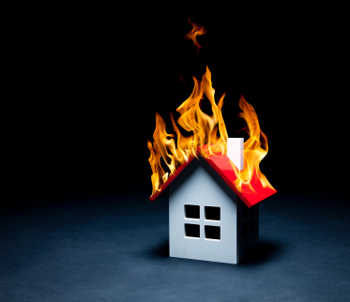Roof space temperature and the effectiveness of whirly-gigs
It’s been interesting looking at the online debate about the effectiveness of whirly-gigs at cooling a house down by reducing the roof space temperature.
The undisputed facts
There are a couple of key facts that aren’t disputed:
1. The roof space heats up more than the outside air. The roof space temperature is signficantly higher than ambient temperatures.
2. If the insulation is immediately below the roof than it heats up less.
3. If the insulation is between the roof space and the ceiling than it heats up the same.
The disputed facts
But where the facts become a bit more interesting and disputed are:
4. If the insulation is between the roof space and the ceiling than there is less transfer of heat into the house
5. How much heat transfers anyway is disputed because “hot air rises”
6. Whirly-gigs don’t have the capacity to move enough air to cope, especially when only one or two have been installed.
The conclusion is tending towards “Whirly-gigs can’t do the job, but does it really matter”.
So does roof space temperature matter?
Though I would have to say, for a couple hundred dollars, even if it knocks a percent or two off your cooling bill, that counts.
But then what about the heating bill? That’s a lot of energy sitting there not being used (hot air rises) during winter.
By my previous research on solar heating and colour (for example with bricks), a dark tiled roof will be up to 20° warmer than ambient in the middle of winter. That’s a lot of energy sitting there being wasted.
So rather than debating if whirly-gigs are effective at removing heat, why not discuss how to use the heat?

